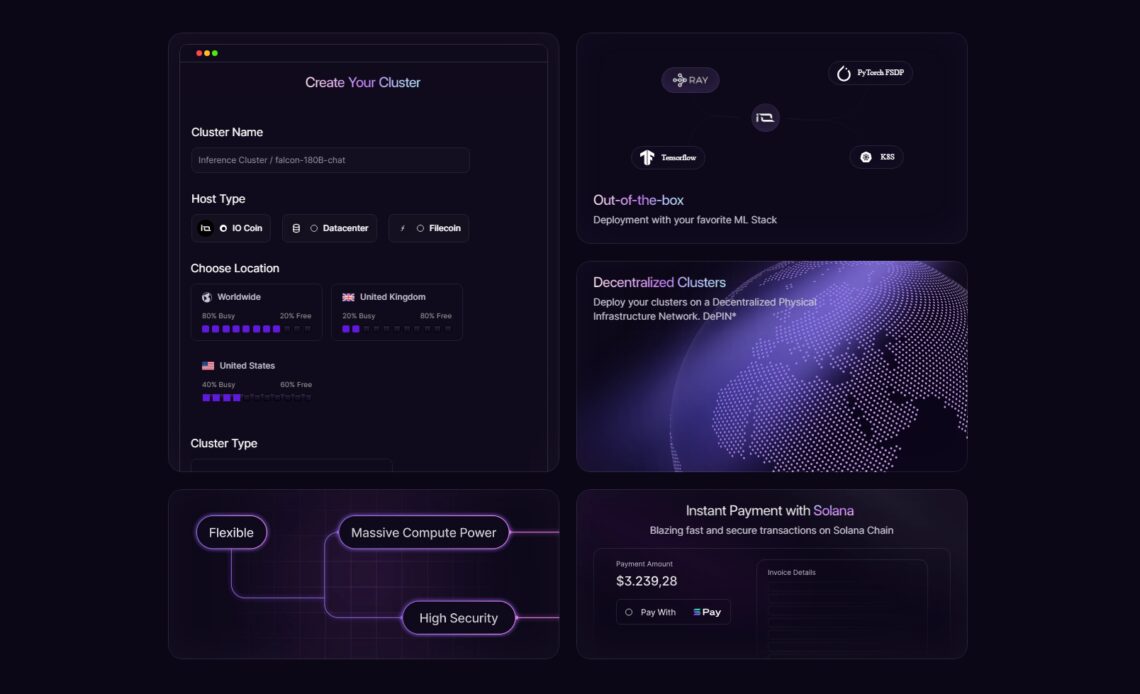A project that started out as an institutional-grade quantitative trading system for cryptocurrencies and stocks has transitioned to become a decentralized network sourcing GPU computing power to serve increasing demand for AI and machine learning services.
Io.net has developed a test network that sources GPU computing power from a variety of data centers, cryptocurrency miners and decentralized storage providers. Aggregating GPU computational power is touted to drastically reduce the cost of renting these sources that are becoming increasingly expensive as AI and machine learning advances.
Speaking exclusively to Cointelegraph, CEO and co-founder Ahmad Shadid unpacks details of the network that aims to provide a decentralized platform for renting computing power at a fraction of the cost of centralized alternatives that currently exist.
Related: Future of payments: Visa to invest $100M in generative AI
Shadid explains how the project was conceived in late 2022 during a Solana hackathon. Io.net was developing a quantitative trading platform that relied on GPU computing power for its high-frequency operations, but was hamstrung by the exorbitant costs of renting GPU computing capacity.

The team unpacks the challenge of renting high-performance GPU hardware in its core documentation, with the price of renting a single NVIDIA A100 averaging around $80 per day per card. Needing more than 50 of these cards to operate 25 days a month would cost more than $100,000.
A solution was found in the discovery of Ray.io, an open-source library which OpenAI used to distribute ChatGPT training across over 300,000 CPUs and GPUs. The library streamlined the project’s infrastructure, with its backend developed in the short space of two months.
Shadid demoed io.net’s working testnet at the AI-focused Ray Summit in Sept. 2023, highlighting how the project aggregates computing power which is served to GPU consumers as clusters to meet specific AI or machine learning use cases.
“Not only does this model allow io.net to provision GPU compute up to 90% cheaper than incumbent suppliers, but it allows for virtually unlimited computing power.”
The decentralized network is set to leverage Solana’s blockchain to deliver SOL and USD Coin (USDC) payments to machine learning engineers and…
Click Here to Read the Full Original Article at Cointelegraph.com News…
























